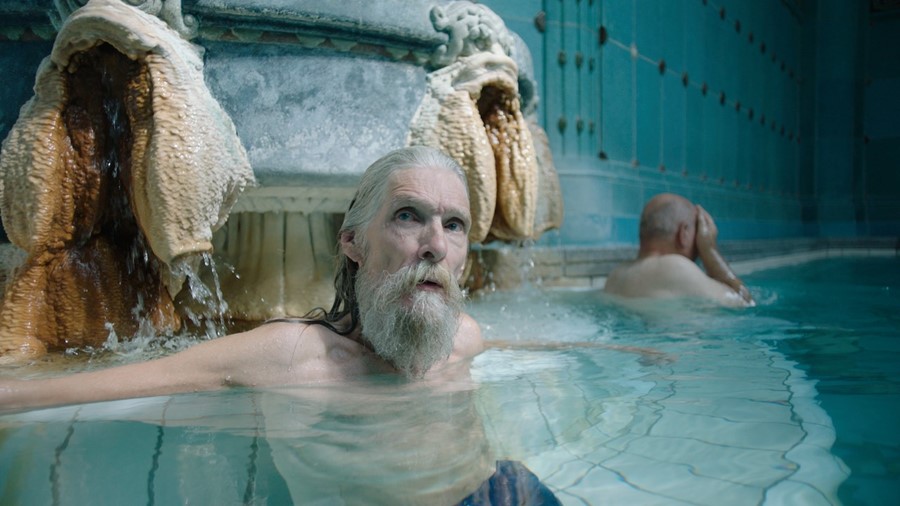The 72-year-old actor was last seen in Ari Aster’s Misommar – but 50 years ago, he was a lauded child star plucked from obscurity by Luchino Visconti. Here, he discusses the new film on his exploitation, and ‘letting go’ of inner darkness
Midway through Ari Aster’s Midsommar, an elderly man leaps off a cliff and calmly welcomes death. White-haired and wordless, the 72-year-old figure has reached the age that his commune believes signifies the end of their life cycle. But when the frail, bony man is pierced by the rocks below, he miraculously survives; he wails in agony, his limbs flailing at impossible angles. So a fellow cult member grabs a mallet and pulverises the old man’s skull into multiple, gooey pieces. In a meta twist, the actor who played that distorted corpse, Björn Andrésen, was once the most beautiful boy in the world.
According to Andrésen, Aster seemed unaware of his storied past. “If Ari did know, he never showed any sign that that was the case,” Andrésen tells me over Zoom from his home in Stockholm. “He treated me like he treated anybody else. He was very pleasant to work with.” In that cliff scene, was Andrésen’s face – that deep breath, that weary look – conveying the emotions of a traumatic life? Or am I overthinking it? “Maybe you are,” he laughs. “I was concerned about portraying an elderly man who knows he’s about to die. Of course, you mould into a character your own emotional experience. But that’s not what I was consciously trying to do.”
If Aster wanted to fill in any gaps on his Björn Andrésen knowledge, he could check out The Most Beautiful Boy in the World, an introspective documentary directed by Kristina Lindström and Kristian Petri. While Andrésen, on our video call, is a 66-year-old Swedish man with white hair hanging down to his elbows, to many he will forever be Tadzio, the 14-year-old uniformed schoolboy in Luchino Visconti’s famed 1971 movie Death in Venice.
Even if you haven’t seen Visconti’s slow, ponderous drama, you’ve likely witnessed pictures of Andrésen in his teenage years. After The Most Beautiful Boy in the World, those images won’t seem the same again.
In Thomas Mann’s 1912 novel Death in Venice, Tadzio is described as possessing “godlike beauty” that’s “reminiscent of Greek statues from the most noble period”. So in 1970, Visconti travelled from country to country in search for what he deemed to be pure beauty.
In the documentary, Andrésen’s resultant screen test plays out like a horror movie. Andrésen, a shy 15-year-old, is asked by Visconti to strip to his underwear and show off his torso. Andrésen reacts with confusion, then obeys the director’s instruction. “Get a big close-up, really tight,” Visconti insists.
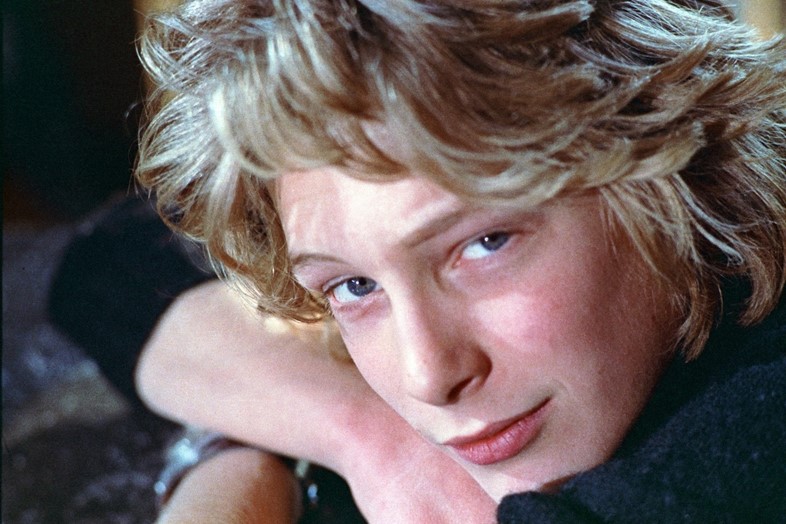
When Death in Venice wrapped, Visconti and the crew snuck Andrésen into a gay club for a drunken all-nighter – Andrésen has no memory of how he got home. At the Cannes premiere, Visconti hailed Andrésen as “the most beautiful boy in the world” – a phrase that was immortalised in newspaper headlines and magazine clippings.
A tough promo circuit ensued. In Japan, Andrésen, still a child, faced his own version of Beatlemania and required mysterious red pills to cope with overnight fame. He later spent a year in Paris; his rent was paid for by sugar daddies and admirers. In the documentary, Andrésen reveals that he went on to suffer with depression and alcoholism.
“I don’t feel any big drama. Maybe remembering the situation brings some memories back. But I don’t worry about it” – Björn Andrésen
After watching The Most Beautiful Boy in the World, I was expecting a difficult interview – or maybe to feel like Dr Melfi. However, Andrésen, who’s now nearly five times the age of Tadzio, is chatty and open. “(The documentarians) made a work of art!” he says with a grin. “It’s very, very good craftsmanship. I’m quite happy about it.” What about the screen test? And knowing that footage is being shared with the world? “No, I don’t feel any big drama. Maybe remembering the situation brings some memories back. But I don’t worry about it.”
In Death in Venice, an ageing artist played by Dirk Bogarde obsesses over Tadzio’s physique and youthful features. The parallels with Visconti, who was 65 in 1971, aren’t subtle. At the Cannes press conference, Visconti addressed journalists in French and declared that now Andrésen was 16-years-old, he was too old and no longer beautiful. The room laughed at the expense of Andrésen – unable to speak the language, he smiled, not realising he was the punchline.
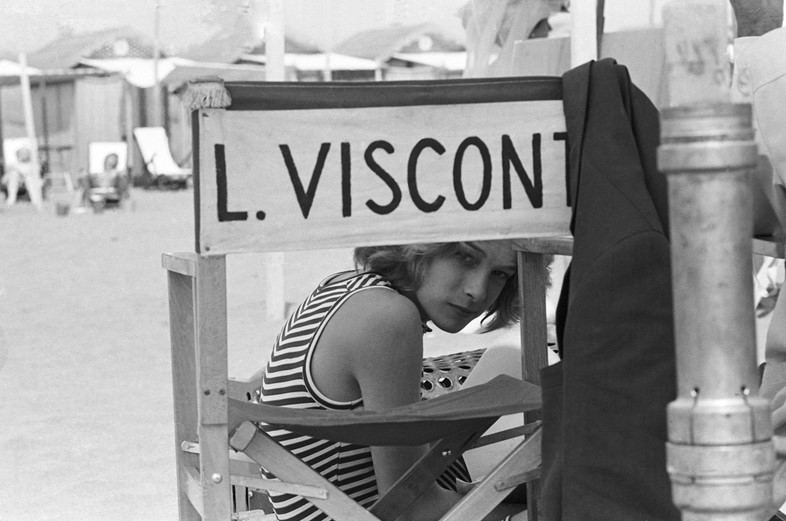
“I didn’t get any protection,” Andrésen says. “I’m sure I did while shooting the film, because I never even got a glance from the (male) crew, who were all gay. But never did I feel looked at in a special or suspicious way. That came after the film was done – and then nobody cared.” Although Visconti issued a “hands off” warning to his team for principal photography, that all changed when the film wrapped. In the documentary, Andrésen describes Visconti and the crew’s behaviour at the gay bar “as though, in their minds, they were giving me a blowjob.”
Reflecting on that period now, Andrésen says, “Of course, I felt exploited, not least the epithet that has given the documentary its title. Visconti and the producer, they wanted to sell the film. OK, it kind of pissed me off. I mean, Visconti was a communist – I thought that communists think about the poor and the little ones in the world. That was my illusion. I was little, and I wasn’t rich at all. I think I could be part of that category. And he gave a 16-year-old boy a sort of promotion burden I never asked for.”
“It’s a long time since I’ve had the inner darkness. The demons – I dealt with that around 30 years ago. I gave them a name and number, and I said, ‘You’re fired.’ And it worked. No inner darkness since then” – Björn Andrésen
When I ask Andrésen how his feelings about Visconti have changed over the years, he instead picks apart my assumption that forgiveness is impossible. “That’s pretty harsh words,” Andrésen says. “I don’t think I ever said I can’t forgive Luchino. Of course, I can. I just had to get it somewhat out of the system (in interviews). Yeah, Luchino, your film and your epithet of me, ‘the most beautiful boy in the world’, did fuck up my life somewhat. Just being in the film, it chose my career. I didn’t choose the career. It did. Today, I work as an actor, instead of as a musician. I’ve been playing and having music in me, and around me, since I was this big.”
He gestures with his hand. “I don’t remember ever not having music. No one knows about it. That feels…” He sighs. “But you get over that, too.”
He continues, “When people associate you with a certain profession, or in this case a certain film, it doesn’t matter what you do – even if you do other films. I’m flattered you talk about Midsommar. That was a little unexpected. But everything goes back to Death in Venice, and, if not that, back to acting.”
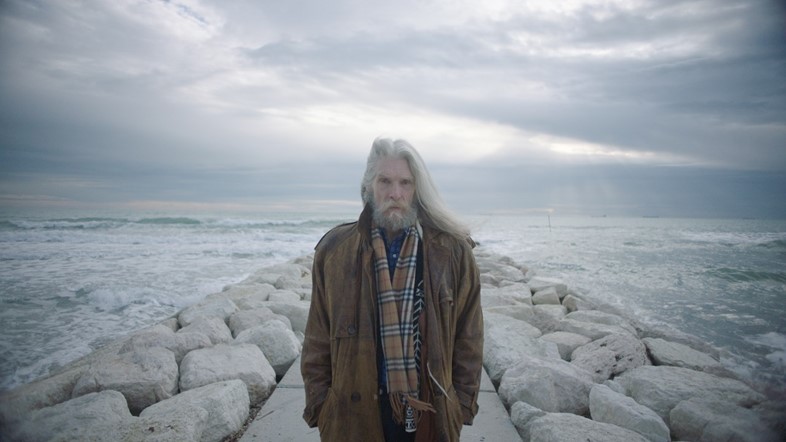
During our conversation, it strikes me that Andrésen doesn’t realise how popular Midsommar – and, in particular, his death scene – is among younger viewers. Even Florence Pugh’s open-mouthed response to Andrésen’s leap off the cliff is a popular meme. So I describe to him a viral tweet with 31k retweets and 95k likes: two images juxtapose Andrésen’s contrasting physicality in Death in Venice and Midsommar; the accompanying text is entirely in Japanese. Flabbergasted, Andrésen murmurs “wow” a few times. “I’m surprised. I have such a little part in Midsommar. OK, there’s a little bit of drama the little time I’m there…”
That the viral tweet’s author is Japanese isn’t a coincidence. Not only did Death in Venice transform Andrésen into a 16-year-old superstar in Japan, but Andrésen’s youthful, photogenic face inspired an entire wave of manga artists. Riyoko Ikeda, a celebrity in the shōjo manga world, started writing and illustrating The Rose of Versailles in 1972; her character, Lady Oscar, a girl who dresses as a boy, was entirely based on Andrésen’s depiction of Tadzio. Other bishounen figures in manga are widely speculated to be directly mimicking Andrésen’s teen aesthetic.
『ミッドサマー』で見た人に衝撃を残したおじいちゃんの役者が『ベニスに死す』で超絶美少年だったビョルン・アンドレセンと聞いてたまげた。確かに面影がある pic.twitter.com/xIFy2pOCHu
— もつれら (@mtmtsf) February 21, 2020
“It was, above all, a fantastic surprise, because I had no idea that that was the case,” Andrésen says. “Somebody told me in 2013. I thought he was kidding. And then I found out that he wasn’t. I must say, it was an honour.” So he doesn’t consider it an invasion of privacy? “No, no, no. I was honoured to meet (Ikeda) and find out that she had dedicated half a life, or more, to being inspired by – well, not me, but my face, via Death in Venice. It was more a surprise than anything else. I had absolutely no idea.”
In The Most Beautiful Boy in the World, Ikeda notes that the enduring quality of Andrésen, in her memory, was the sadness that always seemed to be present in his face. The melancholic, detached look he possesses in Midsommar, in retrospect, was there from the start – even in the Death in Venice screen test. The second half of the documentary reveals that Andrésen’s mother killed herself when he was 11-years-old; under the care of his grandmother, he was forced to audition for movies against his will. When Andrésen revisits other tragic events from his life, such as the death of his son, it’s quite a U-turn after learning how much he despised press coverage as a child.
Andrésen explains, “Kristian and Kristina had been very musical about it – very sensitive. They said, ‘Can we even include this in the film?’ After some thought, I said, ‘Well, yes. If it could maybe help someone out there who feels lonely or something pertaining to what we’re talking about, I’m only glad if it can take off some burden and diminish some pain.’”
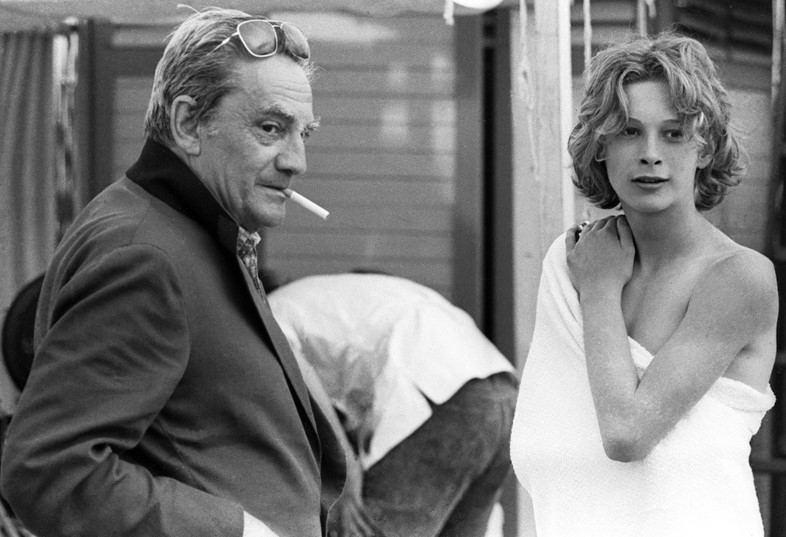
Not everything is completely explored. His public spat with Germaine Greer, for instance, is glossed over. In 2003, Greer’s book, The Beautiful Boy, used a topless photograph of Andrésen on the cover without his permission; in the press, Andrésen was furious. When I bring it up now, he merely shrugs. “I was a bit pissed off.” Recently, he discovered the identity of his biological father through a DNA test – the footage was cut from the documentary. “It’s practically a story on its own,” he says, mysteriously.
I ask about a line in the film that acting doesn’t help with “inner darkness”. Did the documentary? “It’s a long time since I’ve had the inner darkness,” Andrésen says. “The demons – I dealt with that around 30 years ago. I gave them a name and number, and I said, ‘You’re fired.’ And it worked. So no inner darkness since then.
“I remember the inner darkness. It’s there. And it’s a treasured possession, because it helps me understand other people who are still in their inner darkness.” So is this interview a continuation of the healing process? “A healing process? No, I’m just promoting the film!” He laughs. “I grew up to be something of a big boy, and you get over it. It’s just a pleasure.”
The Most Beautiful Boy in the World is released in cinemas July 30
